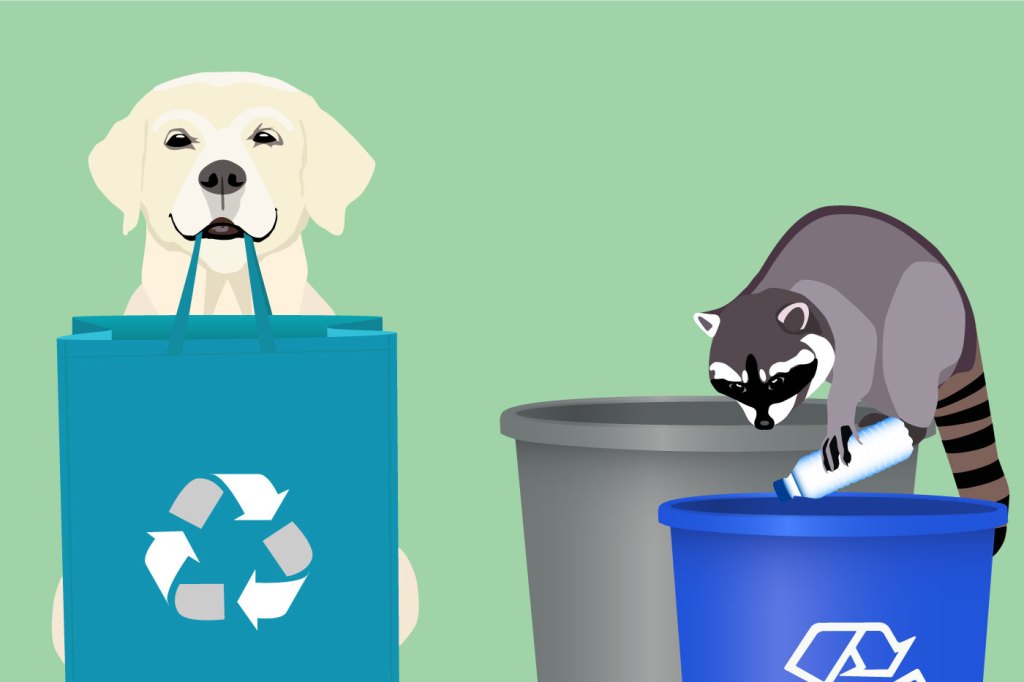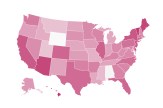Red, black, go green


Red, black, go green
Sustainability is in the bedrock of Northeastern University. Here, take a look at some of the ways you can go green while repping the red and black.

Ride your bike!
- The transportation sector generates about 1.7 billion tons of carbon dioxide emissions a year. To help fight that, Northeastern has increased its bike storage by 280 percent since 2005. (source)
Rising sea levels, drought and various species going extinct are some of the consequences of global warming. Use public transport, ride share, or ride your bike whenever you can to help curb greenhouse gas emissions. (source)

Shut off the lights, heat, and air conditioning when not needed
- Power plants are responsible for nearly 40 percent of total U.S. energy-related carbon dioxide emissions. (source)
Electricity is produced mostly by burning fossil fuels, which generates greenhouse gases. You can reduce your electricity consumption by buying LED lamps and, when possible, ENERGYSTAR rated products. LEDs use 75 percent less electricity and are 25 times more efficient than incandescent lights. (source) Encourage others to save electricity, too, by hanging a sign in your classroom reminding the last person to shut off the lights. (source)

Invest in a travel mug
- 50 billion cups end in U.S. landfills every year because they can’t be recycled. (source)
Invest in a travel mug and ask the barista at your local coffee place to use that instead of giving you a paper or plastic cup and lid. Producing paper cups means 9.4 million trees are harvested just for cups, 363 million pounds of waste is generated, and 3,125,000 tons of carbon dioxide emissions are generated. (source) This is a heavy burden on the environment. It requires cutting down trees, consuming a lot of water, all of cups that are largely not recyclable. The inside of most cups is lined with a layer of polyethylene plastic which, when it breaks down into microplastics, is harmful to aquatic life.

Take quick showers
- If you shorten your shower by 2 minutes, you can cut your water use by 5 gallons (showerheads used by the university use approximately 2.5 gallons/minute). (Source: Facilities Division: Operations)
Population growth has made water into a precious resource. Only 2.5 percent of the earth’s water is freshwater with a total of only 0.007 percent being available for us to use. (source) By preserving water we can help reduce the risk of future droughts and conflicts over water resources in the world.

Donate unwanted clothes
- It takes 650 gallons of water to produce one cotton shirt. (source)
When clothes end up in landfills, they decompose at different rates based on their original materials—a process that emits greenhouse gases. (source) Instead of throwing your unwanted clothes out, donate them and make both the new owner and the environment happy.

Buy a reusable water bottle
- Northeastern’s more than 240 water stations have prevented roughly 9 million 16-ounce plasting water bottles from entering the waste stream since their installation.
Most plastic bottles end up in landfills or in the ocean and even if you recycle them it uses considerable energy to melt them down, so why not get a reusable water bottle? Tap water in the U.S. is generally safer and of better quality than bottled water, and most experts promote tap water as being the superior choice here. The Massachusetts Water Resources Authority water is one of the six cleanest water supplies in the United States. (source)

Turn down the heat
- Turning your thermostat down by 2 degrees would save approximately 660 pounds (or 300kg) of carbon dioxide. (source)
Keeping the heat on when you don’t need it burns fossil fuels unneccessarily and emits carbon dioxide into the atmosphere, so remember to turn the heat off when you open windows and consider turning it down at night. It uses less energy to heat the place back up than to leave it on all night. (source)

Wash your clothes on cold
- Roughly 75 percent of the energy required to do a load of laundry goes into heating the water. (source)
Detergent today is so effecient that it is no longer necessary to wash your clothes on high heat. Roughly 75 percent of the energy required to do a load of laundry goes into heating the water, so by washing on cold you are doing the environment a big favor. (source)

Support local and organic farmers
- About 10 percent of U.S. energy use goes into growing, processing, packaging, and shipping food. (source)
Both local and organic agriculture have important environmental benefits. By buying local you can avoid energy being wasted on transportation, and when you support organic farming you also support healthier soil as organic farmers use fewer pesticides, less energy, and lock away more carbon in the soil. (source)

Bring shopping bags to the grocery store
- Worldwide, nearly 2 million plastic bags are used each minute. (source)

Recycle
- Northeastern recycled 104.63 tons of bottles and cans in 2017.
There are many good reasons to recycle, some of which are: it reduces waste, it saves energy by keeping products from having to be burned, it conserves natural resources and it may keep trash from ending up in the wrong places, such as oceans and lakes. Reduce, reuse, recycle, rethink! (source)

Be aware of harmful trash
- About 700 species of animals and fish eat the plastics that end up in the ocean. (source)
Think about what you throw in the trash. Billions of tons of plastic ends up in the oceans each year, where it litters the ocean bottom or is eaten by fish and other marine animals and eventually makes it back up through the food chain and onto our plates. (source)

Switch from grain-fed beef to chicken, pork, or pasture-raised beef
- Only 55 percent of the world’s crop calories feed people directly; the rest are fed to livestock or turned into biofuels and industrial products. (source)
To feed the world’s growing population, crop production will need to double by 2050. (source) By reducing your meat, poultry and dairy consumption, switching to meat from animals that are grass rather than grain-fed, and generally consuming more legumes and vegetables instead of meat and poultry, you can help increase the world’s food supplies and their accessibility to more people, and also cut greenhouse gas emissions. (source)
Northeastern University is invested in sustainability as one of its three research themes, through its commitment to reduce carbon emissions as part of the President’s Climate Commitment, and the many initiatives being undertaken in curriculum, operations, research, and education. As the university deepens its study and integration of resilience, sustainable development, practices, and procedures are increasingly becoming a key piece of that goal.





